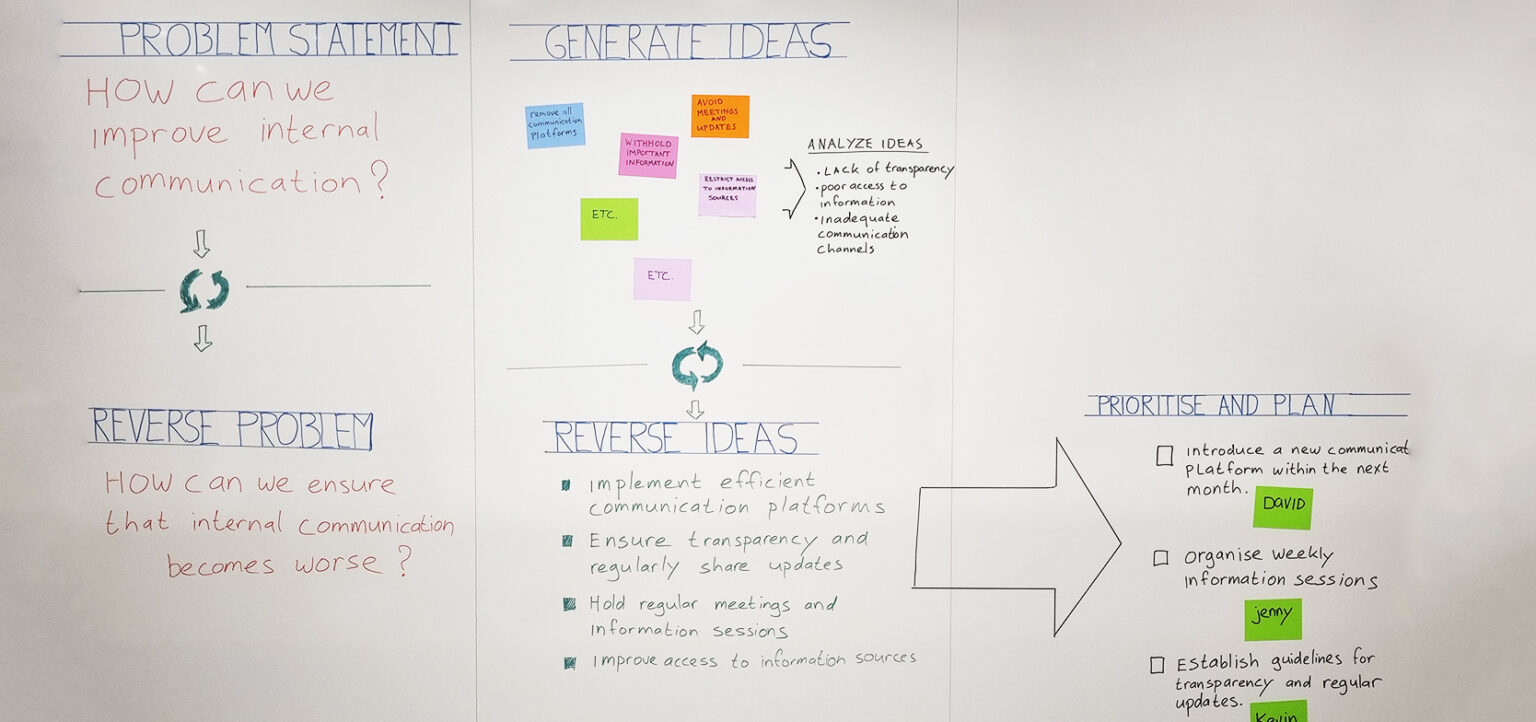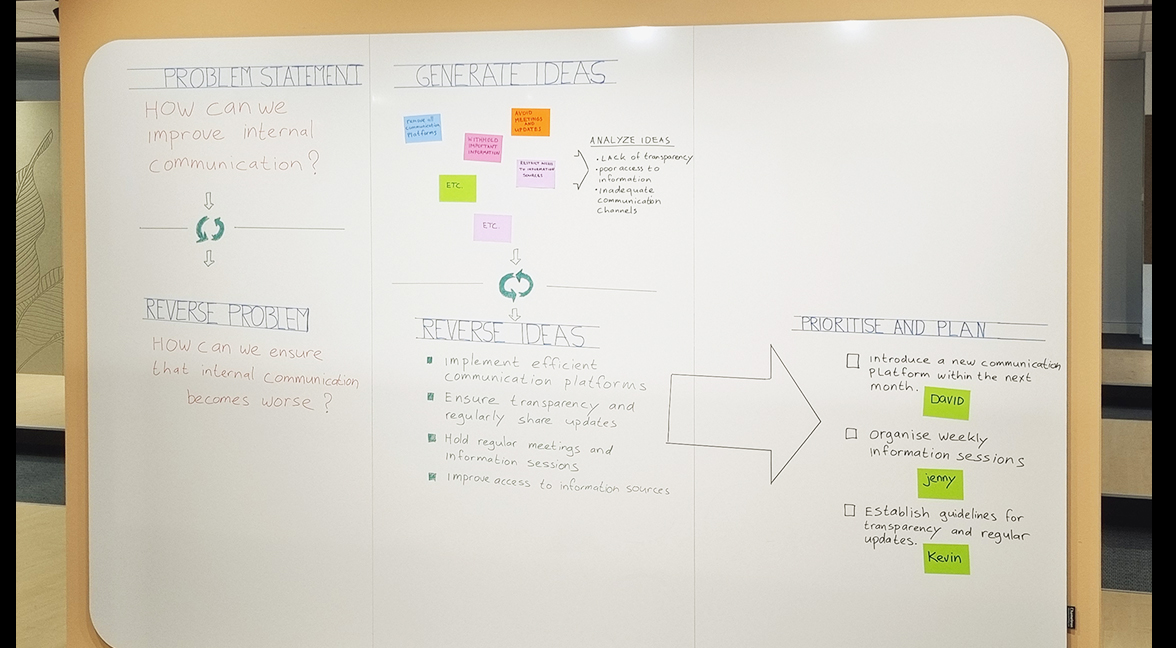A whiteboard wall, also known as a whiteboard panel, is an extended version of the traditional whiteboard that covers an entire wall or a large portion of it. It provides a significantly larger writing and drawing space, which is ideal for extensive brainstorming sessions, strategic planning, and team collaboration. Whiteboard walls are becoming increasingly popular in both business and educational environments due to their versatility and functionality.
Chameleon offers multiple types of whiteboard walls that are suitable for brainstorming. They differ in design and size, but they also share similarities. For instance, the surface of all our whiteboard walls is made of enameled steel, also known as ceramic steel. This is a hard and extremely smooth surface that is perfectly writable and erasable.
Furthermore, Chameleon’s whiteboard walls are constructed from frameless whiteboard panels. These panels are tightly placed together during installation, creating one large writing surface with minimal seams.
The large whiteboard walls offer several key benefits:
The expansive writing surface provides ample space for extensive brainstorming sessions, developing complex ideas, and creating detailed plans. This promotes creativity and innovation within teams.
A whiteboard wall allows multiple team members to write and contribute simultaneously, fostering collaboration and interaction, which leads to more effective and inclusive sessions.
The large surface makes it easier to organize and visualize ideas, notes, and plans. This helps teams maintain a clear overview and see connections between different elements.
Whiteboard walls are flexible in use and can be used for various purposes such as presentations, training sessions, workshops, and daily meetings. This makes them a valuable investment for any organization.
-
Durability and low maintenance costs
Thanks to their high-quality materials, whiteboard walls are durable and require minimal maintenance. This means they will last for years without requiring much time or money for repairs or replacements.



